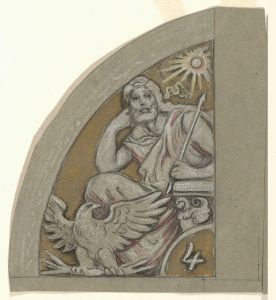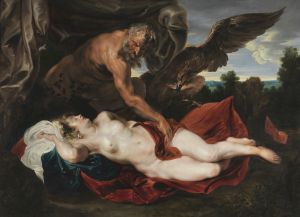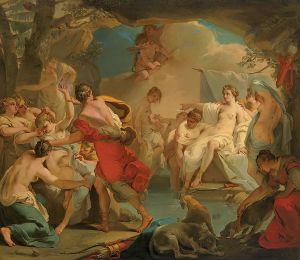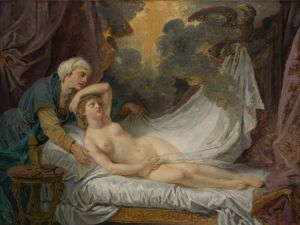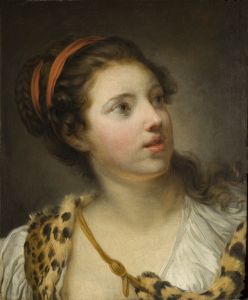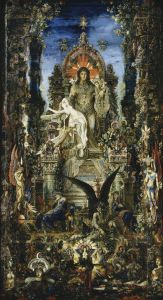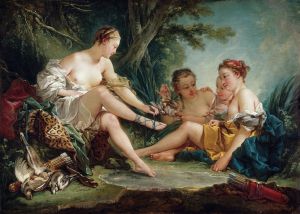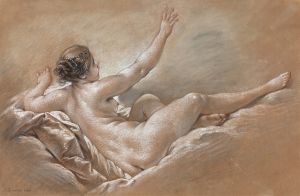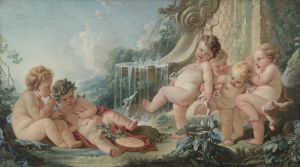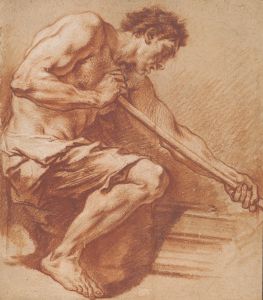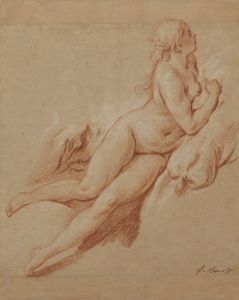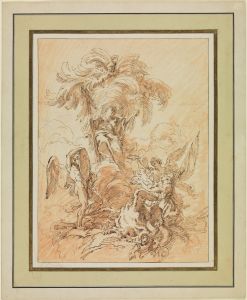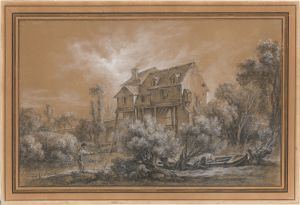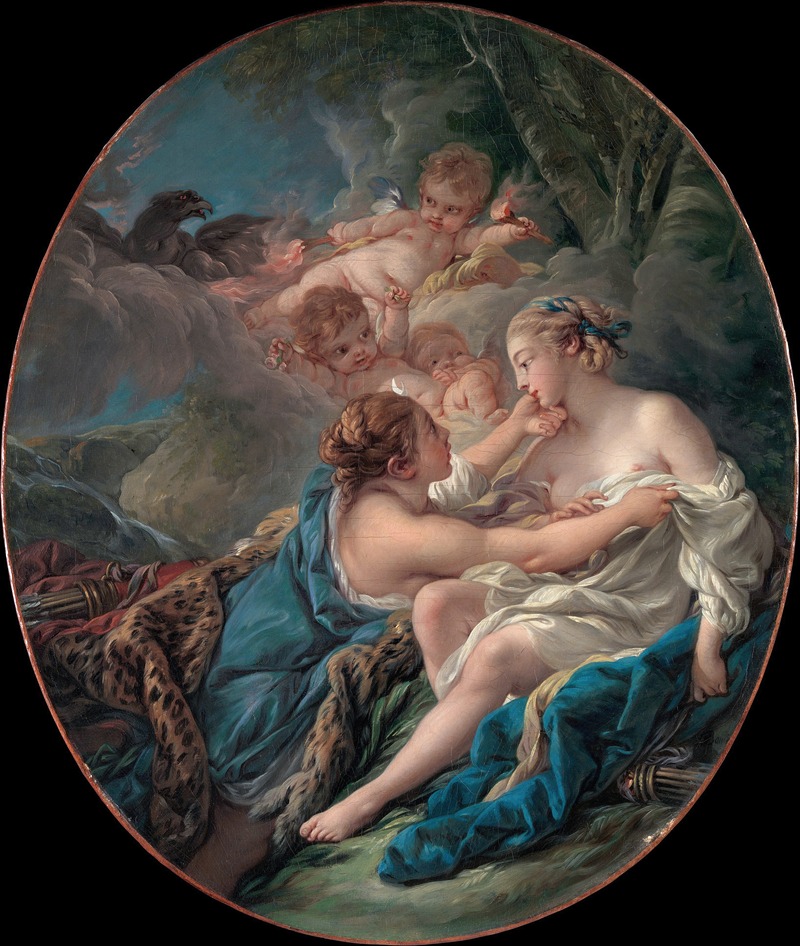
Jupiter- in The Guise of Diana and Callisto
A hand-painted replica of François Boucher’s masterpiece Jupiter- in The Guise of Diana and Callisto, meticulously crafted by professional artists to capture the true essence of the original. Each piece is created with museum-quality canvas and rare mineral pigments, carefully painted by experienced artists with delicate brushstrokes and rich, layered colors to perfectly recreate the texture of the original artwork. Unlike machine-printed reproductions, this hand-painted version brings the painting to life, infused with the artist’s emotions and skill in every stroke. Whether for personal collection or home decoration, it instantly elevates the artistic atmosphere of any space.
"Jupiter in the Guise of Diana and Callisto" is a notable painting by the French Rococo artist François Boucher. Created in 1759, this artwork is a fine example of Boucher's mastery in depicting mythological themes with a sensuous and decorative style that was highly favored in the 18th century.
François Boucher (1703-1770) was one of the most prominent painters of the Rococo period, known for his idyllic and voluptuous paintings of classical themes, decorative allegories, and pastoral scenes. His work was characterized by its light-heartedness, use of soft colors, and playful compositions, which made him a favorite of the French aristocracy and the court of Louis XV.
The painting "Jupiter in the Guise of Diana and Callisto" illustrates a story from Ovid's "Metamorphoses," a collection of mythological tales that was a popular source of inspiration for artists during the Rococo period. The myth involves Jupiter (the Roman equivalent of Zeus), the king of the gods, who disguises himself as Diana (the Roman equivalent of Artemis), the goddess of the hunt, to seduce the nymph Callisto.
In the myth, Callisto is a follower of Diana and has taken a vow of chastity. Jupiter, enamored by Callisto's beauty, transforms himself into Diana to approach her without arousing suspicion. Once he gains her trust, he reveals his true identity and seduces her. Callisto becomes pregnant, which eventually leads to her being cast out by the real Diana and transformed into a bear by Juno (Hera), Jupiter's jealous wife. Later, Callisto is placed among the stars as the constellation Ursa Major.
Boucher's painting captures the moment of seduction with his characteristic elegance and attention to detail. The composition is intimate and dynamic, with the figures of Jupiter (as Diana) and Callisto centrally placed. Boucher's use of soft, pastel colors and delicate brushwork enhances the sensuality of the scene. The lush, natural setting and the flowing drapery of the figures contribute to the overall sense of movement and grace.
The painting reflects the Rococo style's emphasis on beauty, pleasure, and the playful aspects of mythology. Boucher's ability to convey complex narratives through his art, combined with his technical skill, made him one of the leading artists of his time. "Jupiter in the Guise of Diana and Callisto" is a testament to his talent and his contribution to the visual culture of the 18th century.
Today, Boucher's works, including this painting, are celebrated for their artistic merit and their reflection of the tastes and values of the Rococo period. "Jupiter in the Guise of Diana and Callisto" remains an important piece for understanding the interplay between mythology and art in the context of 18th-century French society.





